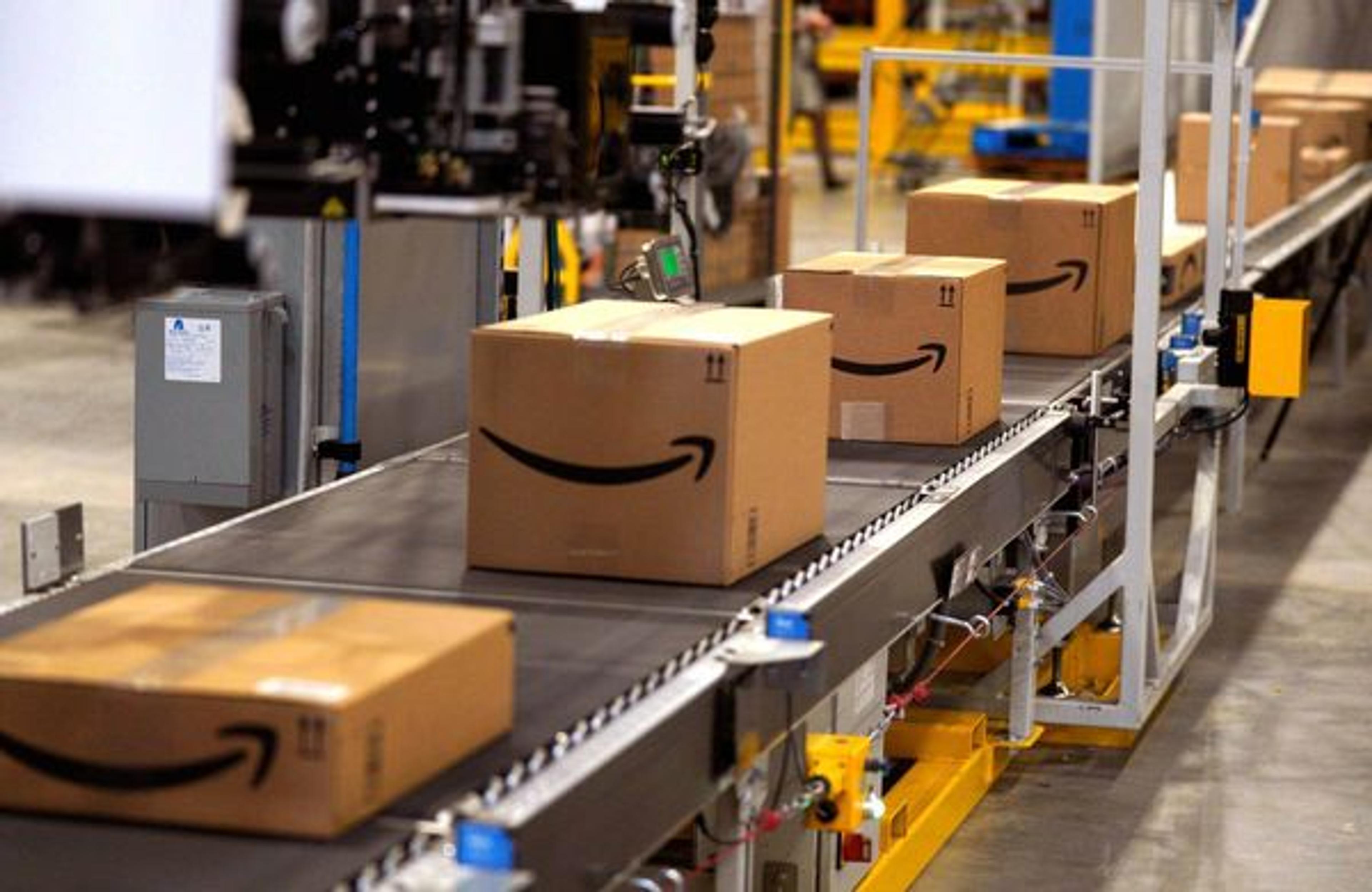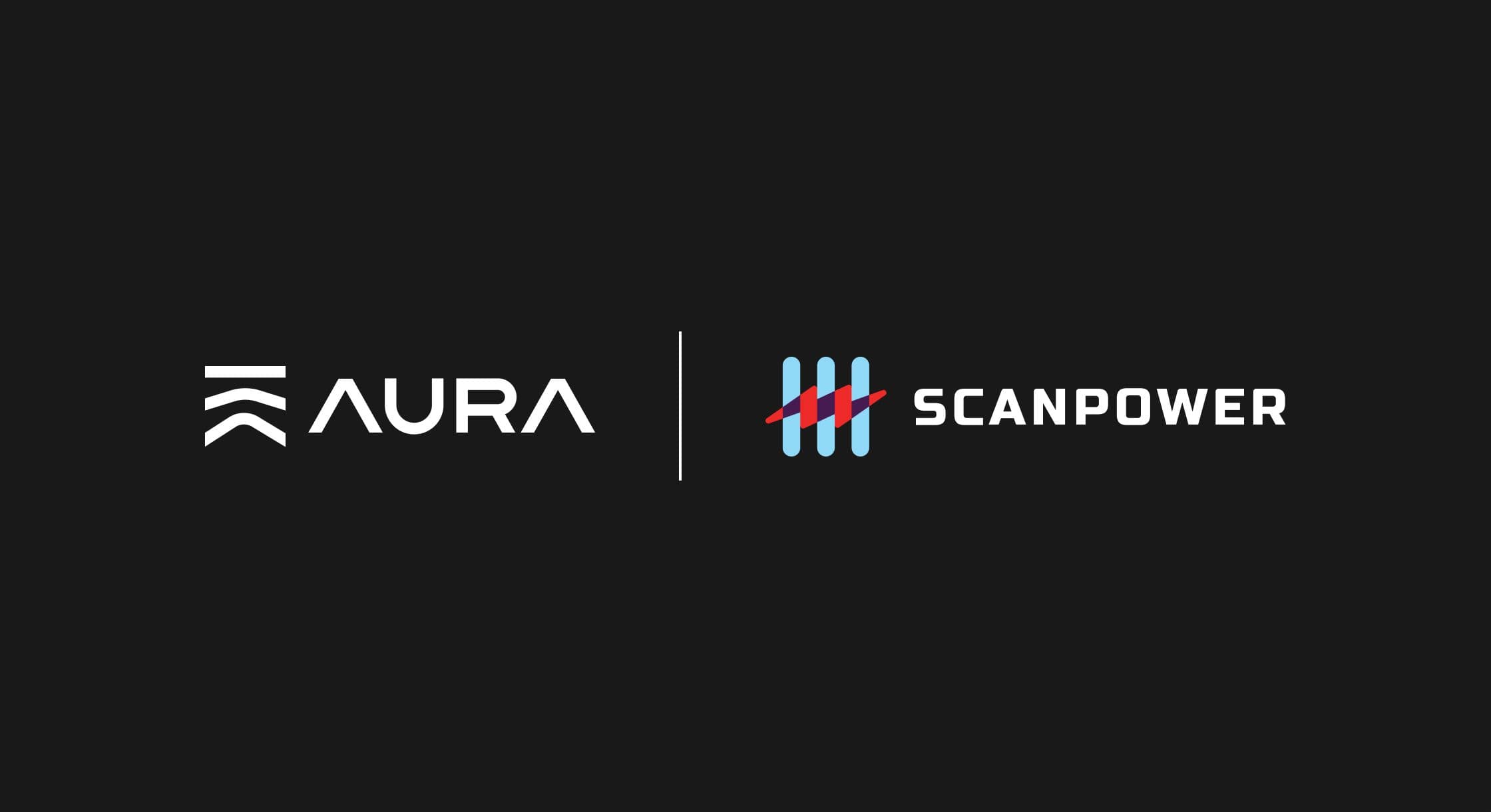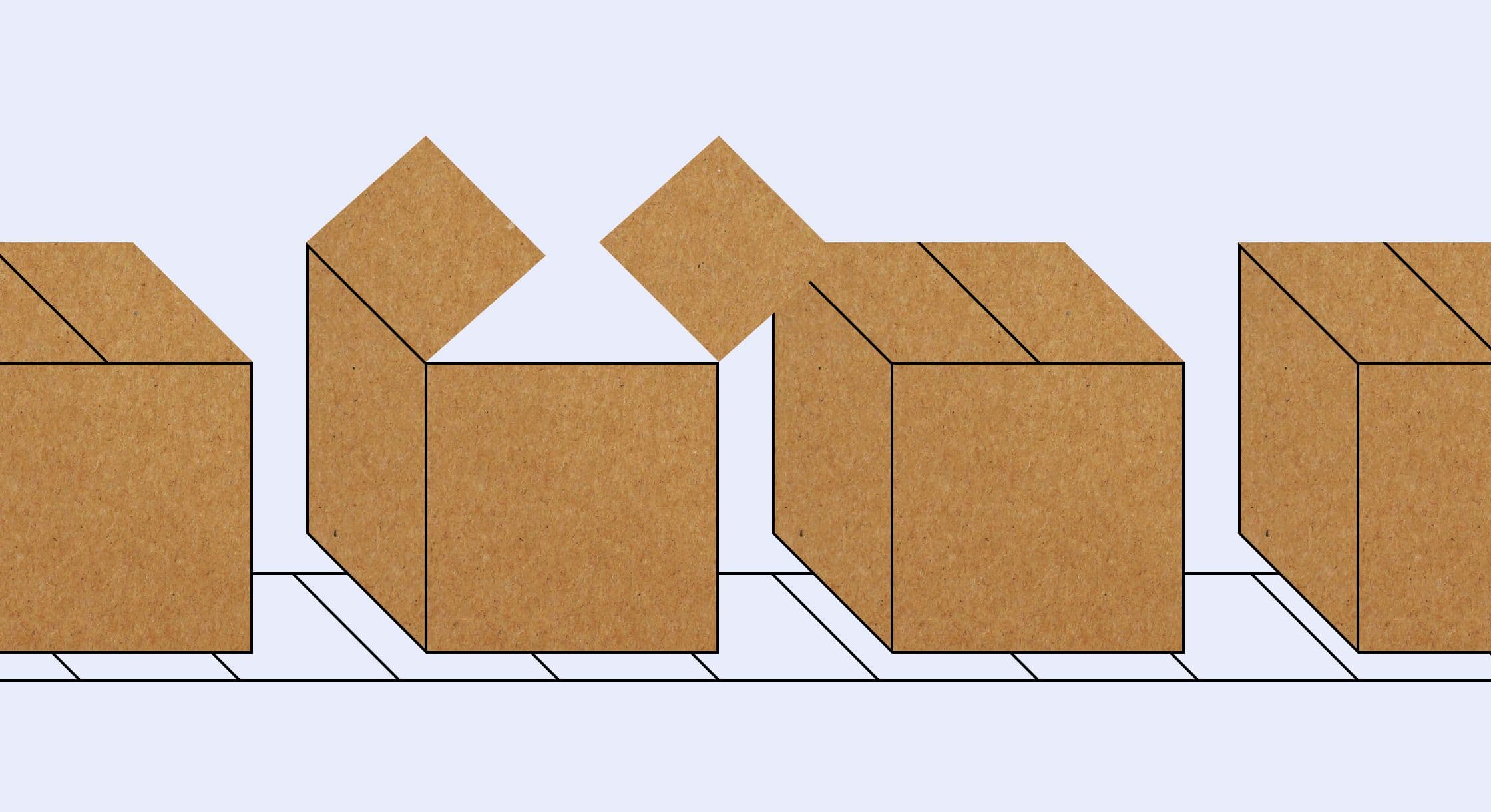/Amazon Dropshipping: What You Need to Know (2022)

Amazon Dropshipping: What You Need to Know (2022)
As ecommerce continues to boom in 2021 on Amazon, more and more models are gaining popularity. Amazon dropshipping is one of them, which has become dramatically more popular in recent years.
Dropshipping, a method of fulfillment for Amazon sellers, allows an Amazon business to outsource the procuring, storage, and distribution of their inventory. A retailer might find this as an attractive solution if seeking to lower their overhead costs and initial capital requirements.
However, there are also downsides to dropshipping on Amazon that any entrepreneur considering Amazon dropshipping should know. In this article, we'll discuss what Dropshipping is, what it isn't, the pros and cons of dropshipping, as well as how dropshipping compares to other popular ecommerce business models.

What is Amazon Dropshipping?
Amazon dropshipping, put simply, is an alternative fulfillment method, where much of the process is outsourced to a third-party company. This company, usually a supplier or 3PL (third party logistics) company, takes over the responsibility of maintaining inventory, distributing, and shipping the product to the customer.
This alleviates the daunting tasks for retailers and ecommerce business owners of handling the entire fulfillment process, which carries heavy initial capital requirements and costs.
With a retailer’s capacity preserved, this allows them to focus on their role as a storefront on Amazon and manage growth, inventory sourcing, customer service, and marketing.
How to NOT to Dropship on Amazon:
When it comes to dropshipping on Amazon, there are strict guidelines that will need to be followed. According to Amazon, “drop shipping, or allowing a third party to fulfill orders to customers on your behalf, is not acceptable unless it is clear to the customer that you are the seller of record.”
Also found on Amazon’s page for dropshipping are examples where dropshipping violates their policies and may result in an Amazon account suspension or other consequences:
- Purchasing products from another online retailer and having that retailer ship directly to customers, if the shipping does not identify you as the seller of record or if anyone other than you (including the other online retailer) appears on packing slips, invoices, or external packaging, it is strictly prohibited without exception; or
- Shipping orders with packing slips, invoices, external packaging, or other information indicating a seller name or contact information other than your own is also strictly prohibited.
If Amazon finds that its policies have been violated, you may lose certain selling privileges on your Amazon seller account. Amazon cites that you may lose the ability to sell as a Merchant Fulfilled seller, or even face account suspension.
How to Start a Dropshipping Business on Amazon
While the exact operational logistics when you start dropshipping will depend on your exact model and resources, a dropshipping provider will fulfill orders as customers place them.
Below are the general steps for when an item is ordered on Amazon by a customer, and how the dropship supplier takes over the fulfillment process and logistics when you start dropshipping on Amazon.
First, to dropship on Amazon, you’ll need to create an Amazon Seller account. You may visit their site to create an Amazon account in minutes, and explore products to dropship.
Your dropshipping third party supplier procures or supplies the products. Typically, they will manufacture the product, but not always. Dropshipping partners can take the form of third-party logistics providers, in which they only receive and re-ship inventory.
An agreement or contract is secured with the Amazon dropshipping business partner based on volume, rates, and other variable costs.
As the retailer, you are responsible for running and maintaining your storefront, on Amazon.com, and keeping inventory levels current and accurate.
A customer places an order through your storefront for an item you sell on Amazon.
Payment is made through Amazon, which will then be credited to your Amazon seller account.
The Amazon order is then forwarded to your dropshipping partner, who will then take over the fulfillment process. As a seller, your part of the fulfillment and shipping is done, and you can focus on maintaining and growing your storefront.
The dropshipping business partner prepares the product and preps it for shipping to the customer.
The Amazon dropshipping partnerships the item directly to the customer, concluding the process from order to delivery.
As mentioned above, all steps must be performed while adhering to Amazon's policies involving dropshipping. In order to dropship on Amazon, you must:
- Be the seller of your product on record
- Be self-identified as the seller on all invoices, packing slips, visible external packaging, as well as any other documentation.
- Remove any identifiable information of the supplier, manufacturer, or dropshipping provider
- Be responsible for accepting and processing customer returns.
- Follow and adhere to all of Amazon's Terms of Service.
Dropshipping vs. Retail/Online Arbitrage vs. Private Label vs. Wholesale
To illustrate what exactly dropshipping on Amazon entails, let's look at the similarities and differences between Amazon FBA dropshipping and two of the other most popular commerce models.
Online and Retail Arbitrage are very popular models for entrepreneurs to begin selling on Amazon with. With Retail Arbitrage, inventory is sourced from retailers at discounted or advertised prices and then sold via other sales channels for a profit.
Using the Online or Retail Arbitrage model, you will procure and store inventory on your own, unlike the dropshipping model. You may be able to recover healthier margins by keeping storage and fulfillment to Amazon in-house, but this requires a substantial commitment to time and labor.
Private Label, on the other hand, is the model of procuring inventory directly from suppliers and manufacturers and selling them as your own branded products. Also known as "white labeling," any reference to the original manufacturer is typically removed, and your branding information and packaging are added.
While Private Label is an attractive and potentially highly lucrative model, it also comes with the highest barrier to entry. Unlike dropshipping, startup costs are high, and building sustainable relationships with a reliable supplier can be a pain point. Depending on your preferred fulfillment method, you may also be required to store and prep your Private Label inventory as well.
Wholesale sits in the middle of Online and Retail Arbitrage and Private Label, in terms of initial costs and relative difficulty. With the Wholesale model, you are still procuring branded inventory from a supplier to sell on Amazon at a marked-up price, however, this is done in bulk (sometimes by the truckload).
With Wholesale, you may either store and fulfill your own inventory for Amazon, or utilize a third-party prep center, taking on much of the role of a dropshipping partner.
Pros and Cons of Dropshipping on Amazon
As with any model, particularly in the e-commerce space, there are perks and drawbacks regardless of your approach. With an Amazon dropshipping business, there will be positives and negatives, and your personal and business goals will determine if the pros outweigh the cons.
Here are some benefits as well as limitations when it comes to Amazon dropshipping to consider:
Benefits of Amazon Dropshipping
- Ease of Scaling
Outsourcing fulfillment of orders allows for greater headroom of capacity and increases your business’s ability to process more orders.
- Flexible Physical Location
Because dropshipping frees the retailer from needing to store or fulfill orders directly, you are free to run your business from anywhere.
- Low Overhead Costs
Since storage and fulfillment are outsourced, all you pay is a fixed per-item fee. In turn, you won’t need to own or rent a storage facility, or a fulfillment center.
- Low Starting Costs
Another perk to low costs involved is the fact that starting costs are also low. This low entry barrier makes dropshipping appealing to entrepreneurs looking for an accessible business model in e-commerce.
- Large Potential Markets
With Amazon’s massive daily traffic volume, dropshipping hits the sweet spot between accessibility for retailers with plenty of customer traffic.
Limitations of Amazon Dropshipping
- Increased Points of Failure
Because fulfillment and storage is outsourced, this also means it is out of your control and there is less direct oversight. There is an increased potential for failure at any given point in the process.
- Low Profit Margins
Because of the additional costs involved in outsourcing fulfillment, this per-item cost will cut into margins on your inventory. This can be considered the cost of not maintaining a fulfillment or storage center.
- Greater Competition
Because dropshipping has a lower entry barrier, the attraction of this business model will ultimately mean greater overall competition.
- Potential Fulfillment Delays
Due to less involvement in the fulfillment process, and the possibility of other retailers utilizing a dropshipping service, delays may occur during peak seasons.
- Inventory Management Issues
With inventory being held in an external location, instant updates to inventory levels may not be feasible. There may be delays in communication or current metrics.

Conclusion
With the right business model, needs, and goals, dropshipping may be the fulfillment option that makes the most sense for your business. Its low entry barrier and accessibility will translate to greater competition, however, the ability to fulfill customers’ orders without incurring costs can be a game-changer.
It is imperative to perform due diligence to make Amazon dropshipping work for your business. If it does, it can provide great leverage and opportunity to scale more efficiently.


